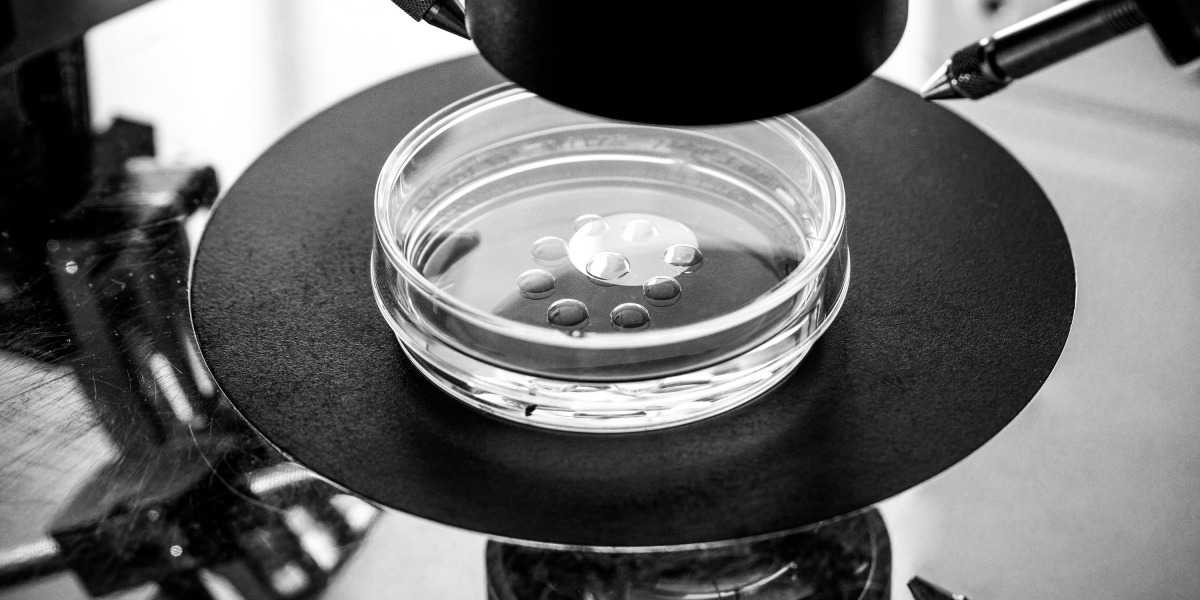
We do know of one case in which it does not seem to have worked. A baby was born from an embryo that PGT revealed to have around 12% of the mother’s “bad” mtDNA. But by the time the baby was born, the proportion had shot up to around 50%. This baby had a plethora of symptoms, including atypical brain development, behavioral problems, and signs that he had experienced a brain hemorrhage.
Only a small number of babies have been born after using PGT to screen for mitochondrial disease, so again, it’s difficult to draw conclusions. The French center that pioneered the treatment, and has been offering it since 2006, recently reported that it has only had 29 babies born this way, says Heindryckx. His own center has only used it for the births of four or five babies in the last 10 years. And, as with MRT reversion, there’s a chance that babies who are disease free at birth might get sick as they get older.
“It’s alarming,” says Heindryckx. “We should also be following up the babies born after PGT, because it could be that this reversion is also happening there.”
A dangerous option?
What does this mean for MRT in the meantime? While the Newcastle team plans to proceed with its trial, others caution that, for the time being at least, we should pause the use of MRT for mitochondrial disease, and instead study it in people who don’t have these diseases, such as those with infertility.
Mazur himself refuses to use MRT for mitochondrial disease. And Heindryckx says the risk is too high for him—with a 20% risk of reversion, he says, there is no way the ethical committee at his institution would allow him to use MRT for mitochondrial disease.
Mertes says she has never been a fan of the MRT trials. Scientists knew beforehand that the trials were never going to be risk free, and that they involve a potential waste of perfectly good donor eggs and embryos. “In the end, you’re presenting an option to patients that is more dangerous than their alternative,” she says.
Experimental treatments like MRT also help to reinforce the idea that it’s very important for parents to have a genetic connection to their children, says Mertes. “Wouldn’t it be wiser to question whether it’s so important to have that genetic connection if the price you have to pay is a health risk for your child?” she asks. Parents can avoid all the risks that come with MRT by opting to use a donated egg in place of their own, or adopting a child, for example.
In the meantime, clinics that offer MRT need to update the information they provide “so that people know that this is a very real risk that they’re taking,” says Mertes. And both she and Prior think that the treatment should be restricted to those who “need it” or at least are adamant that they want a genetic link to their children.
Mitalipov is confident that scientists like himself will eventually come up with a solution to mitochondrial reversion. “We just need to figure out why it happens,” he says. “So far, no clue … but just give us time.”
